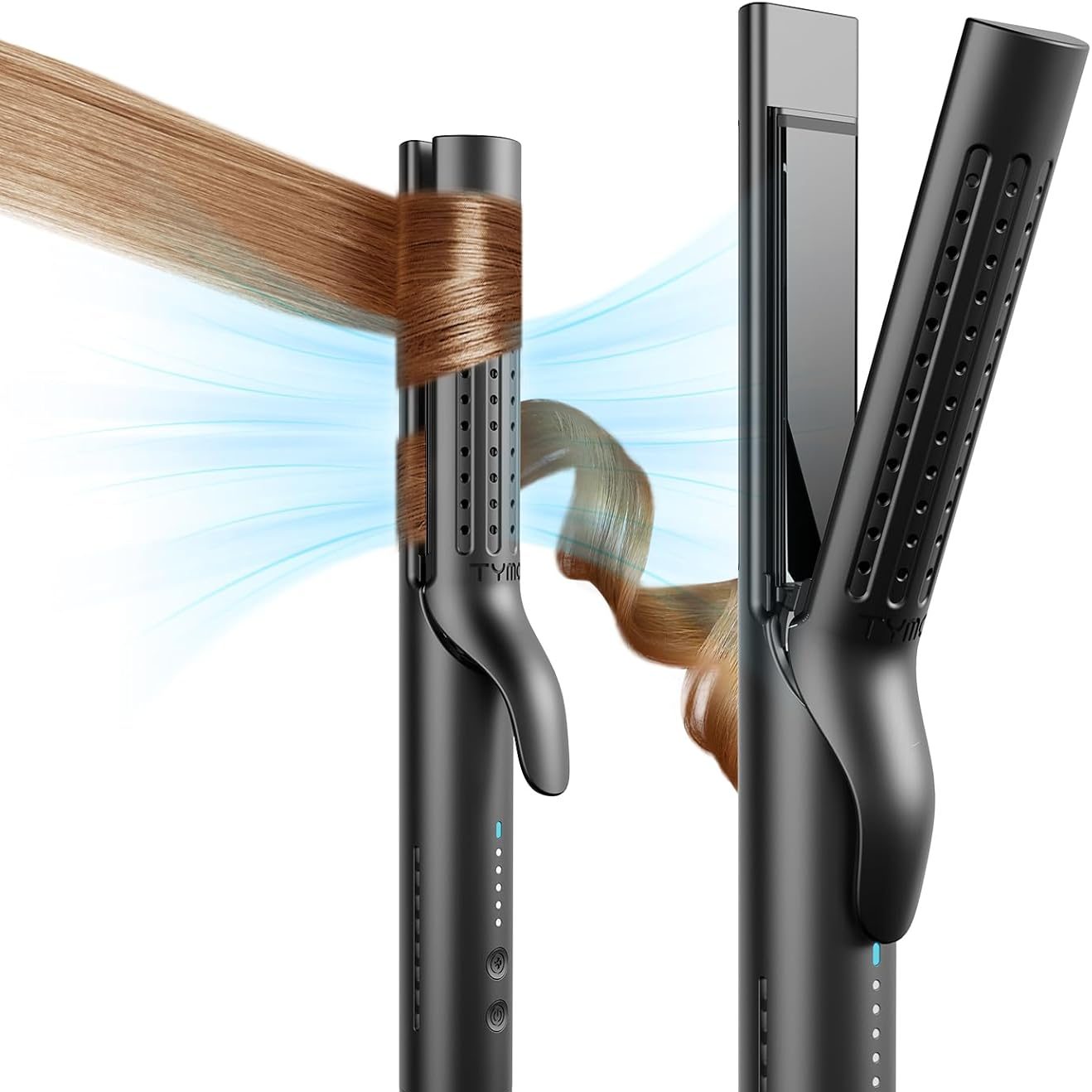When sourcing goods from Chinese suppliers, ensuring a smooth production process is crucial, especially for mass production orders. Overlooking key factors can lead to quality issues, delays, or financial losses. Here are the critical aspects buyers should verify before committing to mass production with a Chinese supplier.
1. Supplier Credentials and Capabilities
Before placing a large order, thoroughly vet the supplier to confirm their legitimacy and production capacity.
- Business License Verification: Check if the supplier is registered and licensed to operate in their industry.
- Factory Audit: Conduct an on-site inspection or hire a third-party agency to verify their facilities, equipment, and workforce.
- Production Capacity: Confirm the factory can handle your required volume within your timeline.
- Experience and Track Record: Look for evidence of similar projects they have completed successfully, including references from past clients.
2. Product Specifications
Clearly define and document all product details to avoid misunderstandings during production.
- Material and Components: Specify the exact materials, components, and sourcing standards.
- Design and Dimensions: Share detailed design files, blueprints, or prototypes. Include tolerances for variations.
- Color and Finish: Use standardized color codes like Pantone and describe surface finishes precisely.
- Functionality Requirements: Clearly outline performance standards the product must meet.
3. Quality Assurance Processes
Quality issues can derail a project, so it’s essential to establish strict quality assurance (QA) protocols upfront.
- Sample Approval: Always request pre-production samples or prototypes for approval before mass production begins.
- Quality Standards: Define inspection criteria, such as ISO certifications or specific industry standards.
- In-Process Inspections: Plan periodic inspections during production to catch issues early.
- Final Inspection: Conduct a final quality check before shipping. This can include AQL (Acceptable Quality Level) sampling.
4. Costs and Payment Terms
Discuss pricing and payment terms in detail to avoid unexpected financial surprises.
- Unit Pricing: Confirm the price per unit, ensuring it includes all agreed-upon features and customizations.
- Tooling and Setup Costs: If molds, dies, or custom machinery are required, clarify these costs and ownership rights.
- Payment Schedule: Negotiate a payment plan, typically involving a deposit (30%-50%) and the balance upon completion or shipping.
- Currency and Payment Methods: Agree on the currency for payment (e.g., USD, RMB) and the preferred method (bank transfer, letter of credit, etc.).
5. Production Timeline
A reliable timeline is crucial for coordinating shipments and meeting market demands.
- Lead Times: Confirm how long production will take, including time for sourcing materials.
- Buffer Periods: Allow for unexpected delays in material procurement, manufacturing, or shipping.
- Penalties for Delays: Include terms in the contract outlining consequences if the supplier fails to meet deadlines.
6. Compliance with Legal and Safety Standards
Ensure that the product meets the legal requirements of your target market.
- Certifications: Verify the supplier can provide necessary certifications, such as CE, RoHS, or FCC, based on the product type.
- Intellectual Property Protection: Protect your designs with non-disclosure agreements (NDAs) and patents if applicable.
- Export Compliance: Confirm the supplier understands and complies with export laws and regulations.
7. Packaging and Labeling
Discuss all packaging and labeling requirements to ensure safe shipping and compliance with retail standards.
- Packaging Materials: Specify the type of packaging, such as boxes, bubble wrap, or pallets, for protection during transit.
- Custom Branding: If branding is required, provide clear guidelines for logos, colors, and printing.
- Regulatory Labels: Ensure labeling complies with your target market’s regulations, including barcodes, warnings, and product descriptions.
8. Communication and Responsiveness
Effective communication is key to preventing misunderstandings and resolving issues quickly.
- Primary Contact Person: Identify a reliable point of contact who speaks your language or uses a translator.
- Response Time: Test the supplier’s responsiveness during the negotiation phase.
- Regular Updates: Agree on a schedule for progress reports, including photos or videos of production stages.
9. Risk Mitigation
Prepare for potential challenges by implementing safeguards.
- Contracts: Use a detailed purchase agreement outlining terms, conditions, and penalties for non-compliance.
- Contingency Planning: Have alternative suppliers on standby in case of delays or production issues.
- Insurance: Consider cargo and liability insurance to protect your investment during production and shipping.
10. Post-Production Services
Evaluate the supplier’s ability to provide after-sales support or handle issues post-delivery.
- Warranty Terms: Discuss warranties for defective products.
- Replacement Policy: Clarify the process for handling defective items, including timeframes and costs.
- Spare Parts Supply: For complex products, ensure the supplier can provide spare parts as needed.
Conclusion
Placing a mass production order with a Chinese supplier can be highly rewarding, but only if due diligence is exercised. By thoroughly verifying credentials, clarifying expectations, and establishing robust quality and communication protocols, buyers can minimize risks and maximize the success of their projects. Attention to detail and proactive management are the keys to building long-term, successful partnerships with Chinese suppliers.





Recent Comments